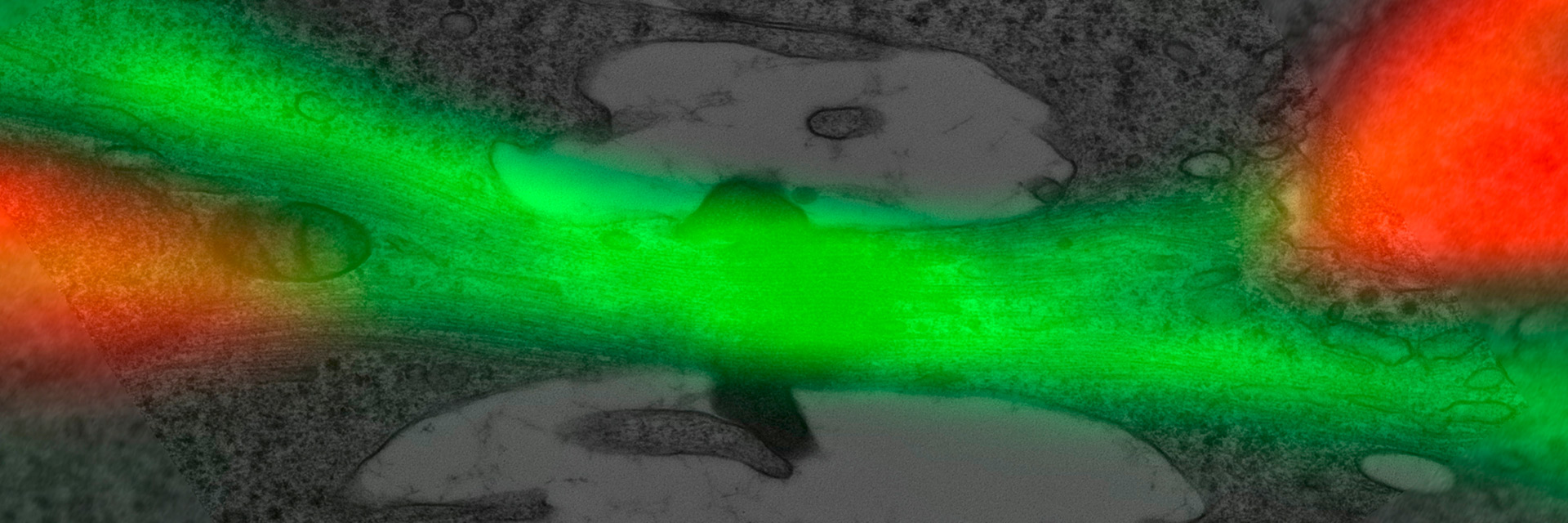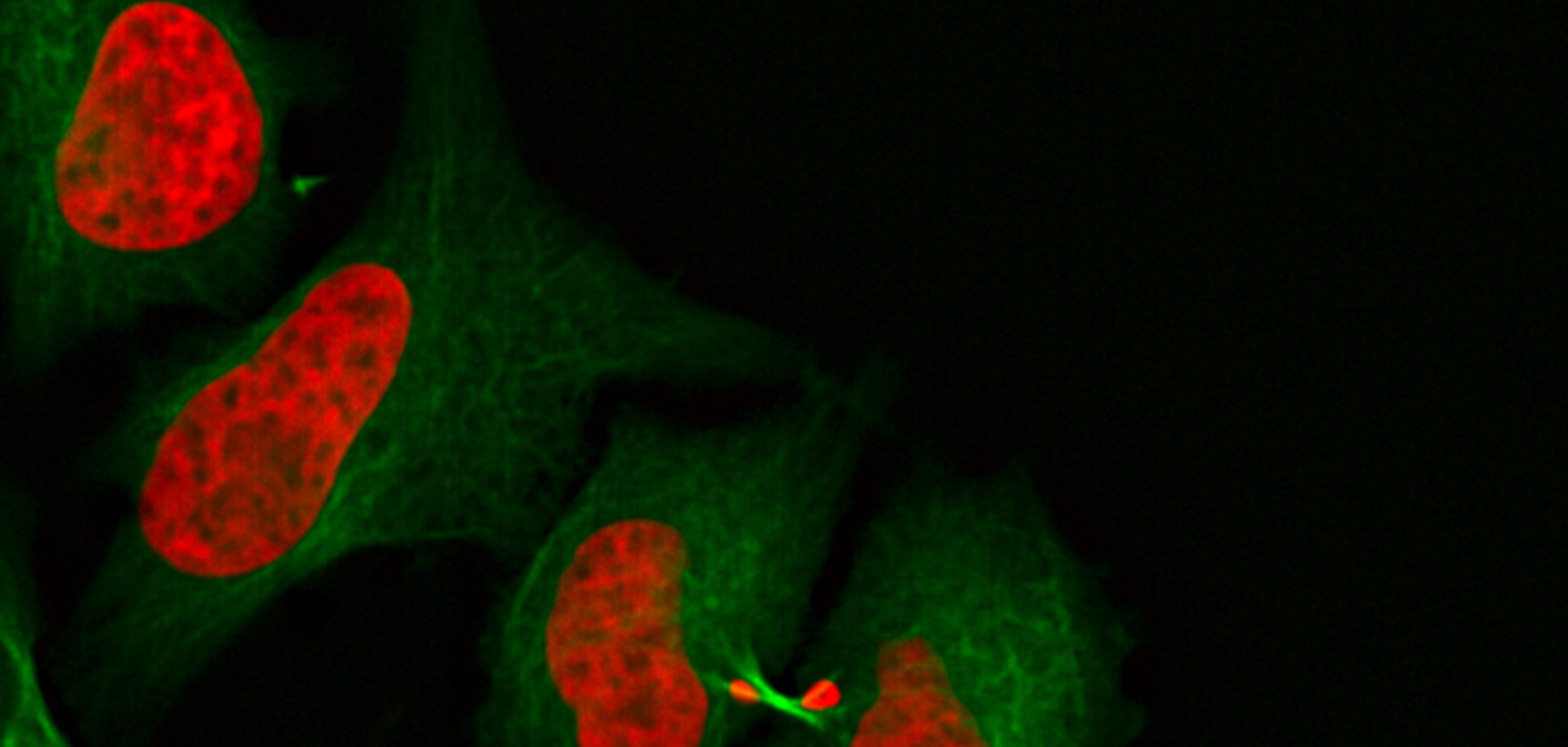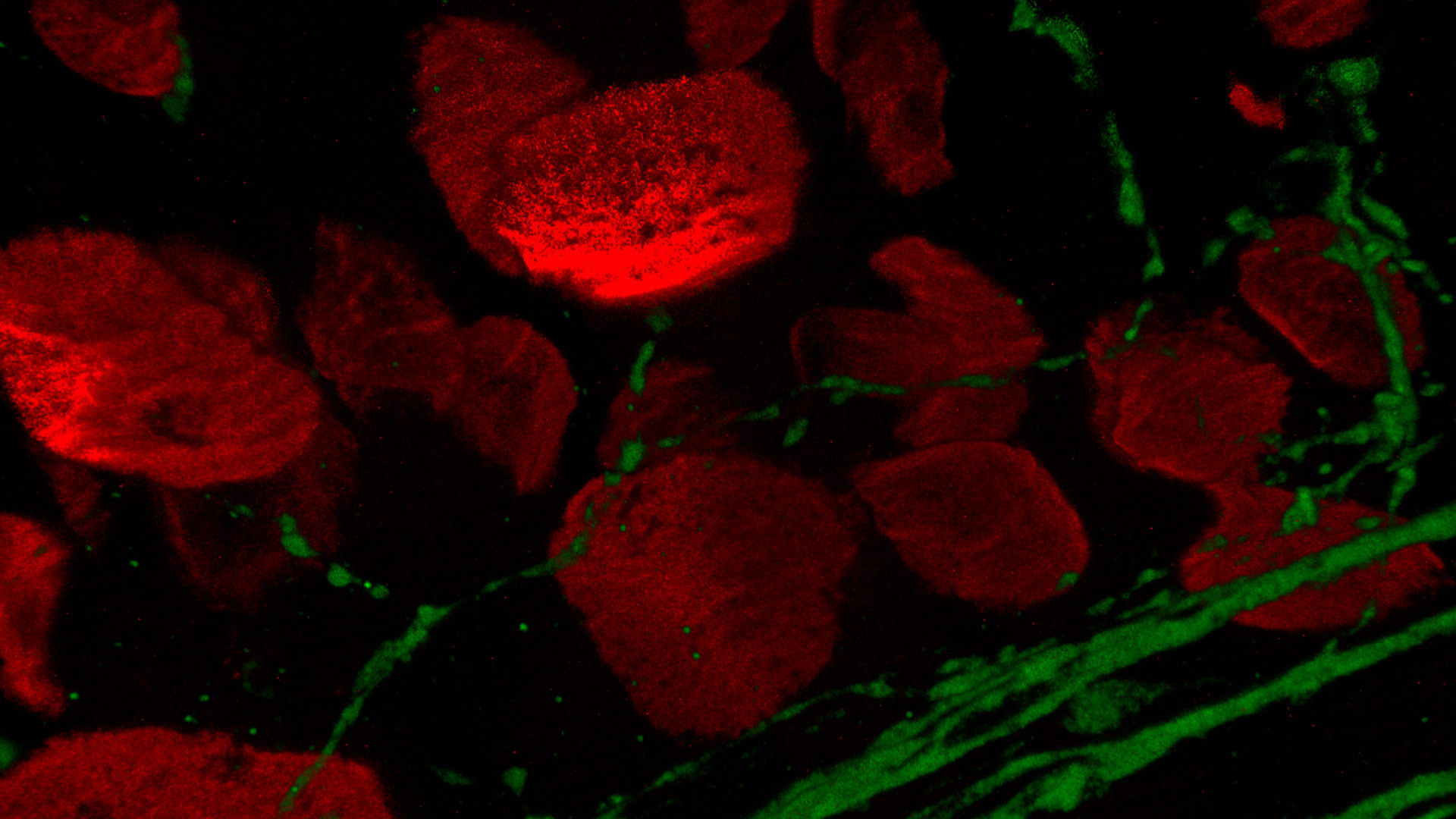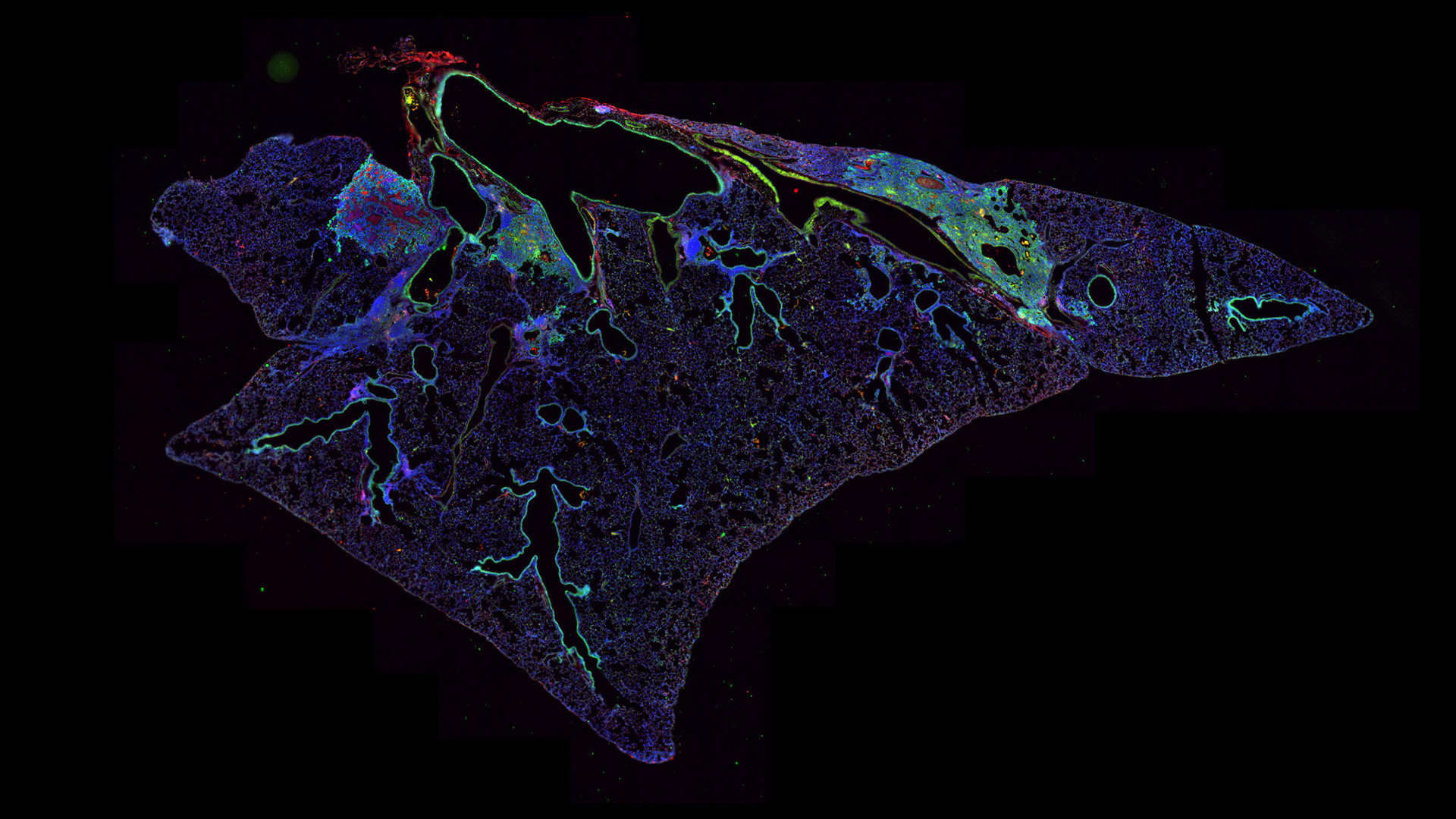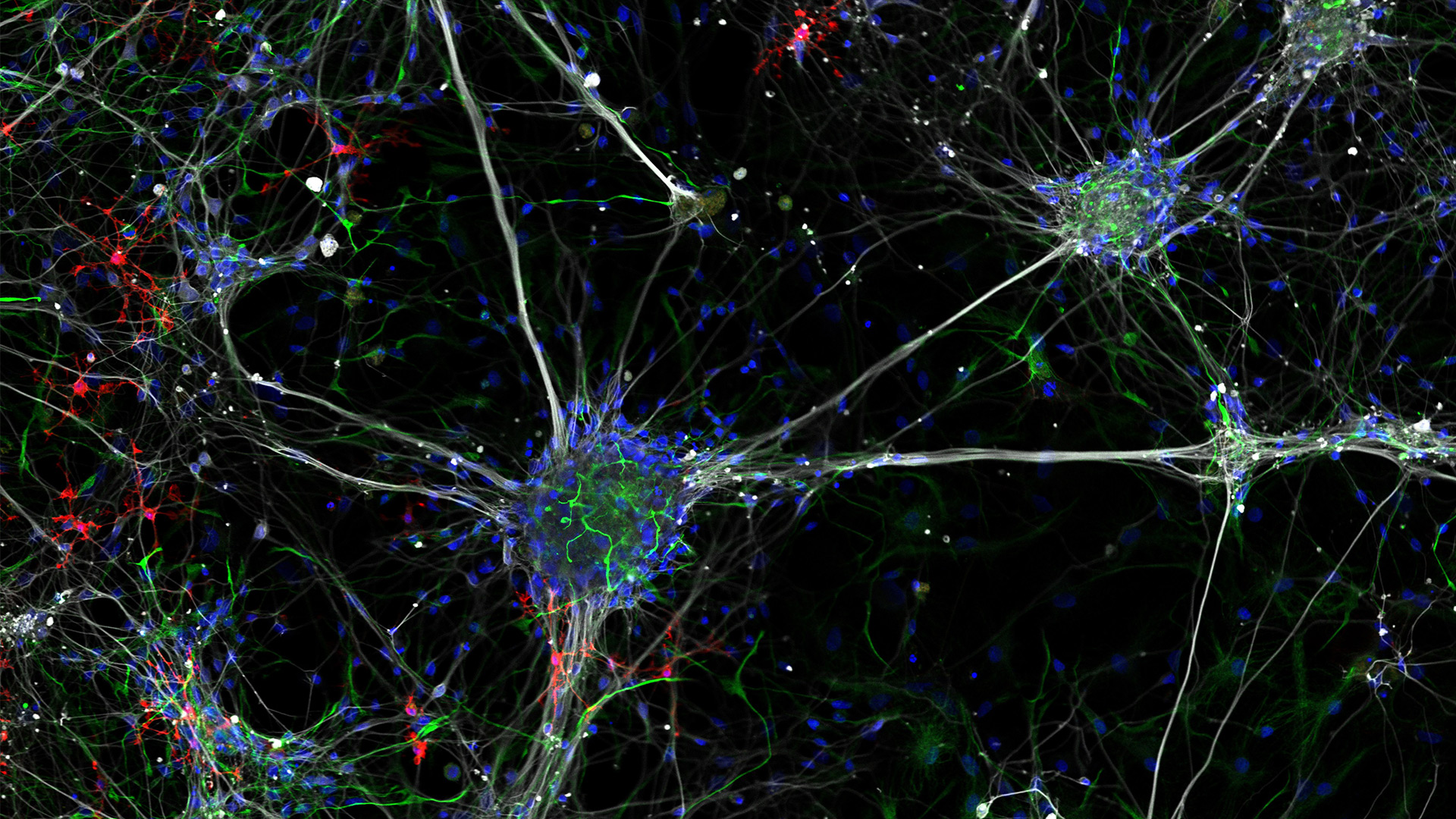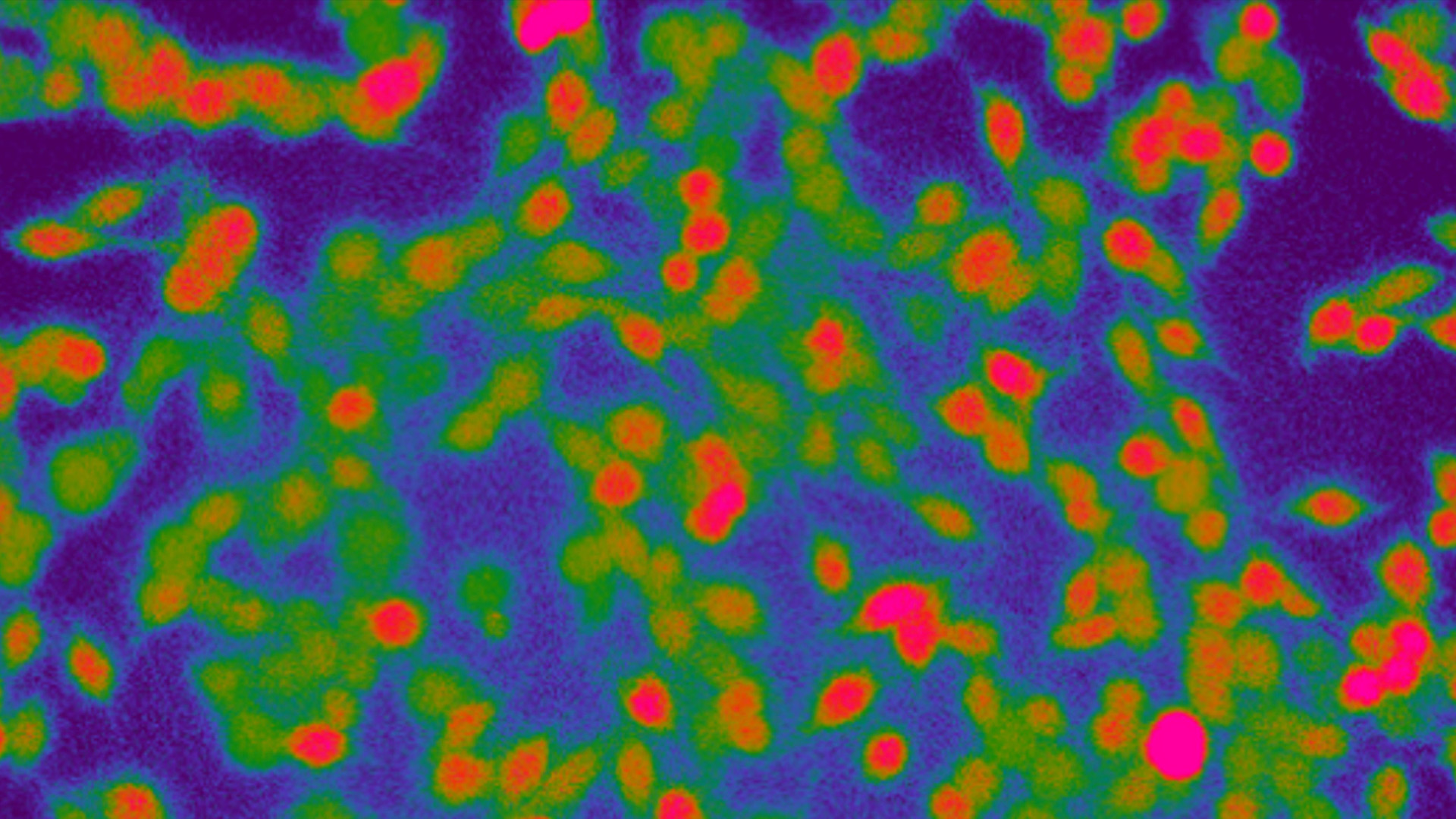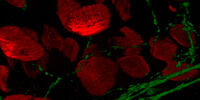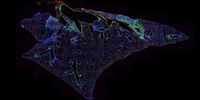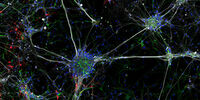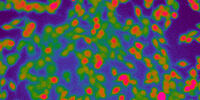상관관계적 광학 현미경과 전자현미경(CLEM)
마이크로미터와 나노미터 크기 사이의 간격을 메울 수 있고, 기능적 정보와 구조적 정보를 연결할 수 있다고 상상해 보십시오. 특정 연구 질문에 대해, 이것은 살아있는 세포 이미징, 고압 동결 고정, 초박절편, (극저온) 전자현미경과 같은 여러 방식을 결합시키기 위해 다양한 시료 준비와 현미경 기법을 사용하는 것 의미합니다. CLEM 접근 방식은 이러한 격차를 해소하도록 도와드립니다.
라이카마이크로시스템즈 CLEM 솔루션은 시료 생존성, 품질 확인, 정밀하고 신뢰할 수 있는 3D 타게팅 메커니즘을 보장합니다. 사용자는 적절한 시점에 적합한 시료를 직접 확인하고 높은 분해능의 극저온 공처점 데이터를 얻거나 초미세구조 환경에 형광 정보를 넣기 위해 이 솔루션을 이용할 수 있습니다.
상관관계적 광학 현미경과 전자현미경 솔루션에 대한 라이카 전문가들이 조언으로 기꺼이 도와드립니다.
CLEM은 어디에 사용됩니까?
CLEM 접근법은 나노미터 이하 분해능으로 시료를 더 자세히 조사하는 데 사용됩니다. 한 영역에서 여러 층의 정보를 조합할 수 있을 뿐만 아니라, 어두울 때 등대가 있는 것과 같이 넓은 곳에서 관심 영역의 특정 대상을 지정할 수도 있습니다.
예를 들어, Cryo-EM을 사용한 단백질 구조 분석을 위해 극저온 형광 현미경으로 쉽게 표지된 단백질을 검출하고 타겟팅할 수 있습니다(Coral Cryo에 대해 자세히 알아보기). 또 다른 예는 기능적 정보를(예: 세포 간 상호작용) 구조 정보와 결합하고 광 분해능 한계 이상이 필요할 때입니다(Coral Life에 대해 자세히 알아보기).
CLEM 데이터를 어떻게 상호 연관시킬 수 있습니까?
광학 현미경과 전자현미경의 상관관계는 실온 실험과 cryo-CLEM 실험 모두에서 성공적인 실험을 위해 중요합니다. 좌표 조정 시스템이 설치되어 있어야 되고 다양한 이미지 방식에서 잘 인식되어야 합니다. 다음으로, 높은 정밀도로 고해상도 정보를 되찾아오기 위해 영상 맞춤(넓은 개요 데이터를 위함) 또는 위치의 절대 좌표로(x,y,z, 값) 영상 정보를 덮어 씌웁니다.
극저온 CLEM이란 무엇입니까?
Cryo-CLEM(상관관계적 광학 현미경과 전자현미경)에서는 두 이미징 단계가 극저온 조건에서 수행이 되며, 이는 신뢰할 수 있는 극저온 시료 준비 작업 흐름에 대한 필요성을 의미입니다. 여기에는 신뢰할 수 있는 시료 유리화(vitrification), 안전한 시료 운반 및 안정적인 극저온 광학 현미경 이미징이 포함됩니다. 얼음 오염에 특히 주의를 기울여야 합니다: 높은 습도 환경과 더러운 LN2는 시료를 쉽게 오염 시킬 수 있습니다. Coral Cryo 제공 사항: 1) 안전하고 깨끗한 시료 처리, 2) 안정적이고 오랜 기간 동안 극저온 현미경 이미징, 3) Coral Cryo 소프트웨어를 사용하여 본래 환경 내에서 생체 분자의 이미징 및 정밀 타게팅.
